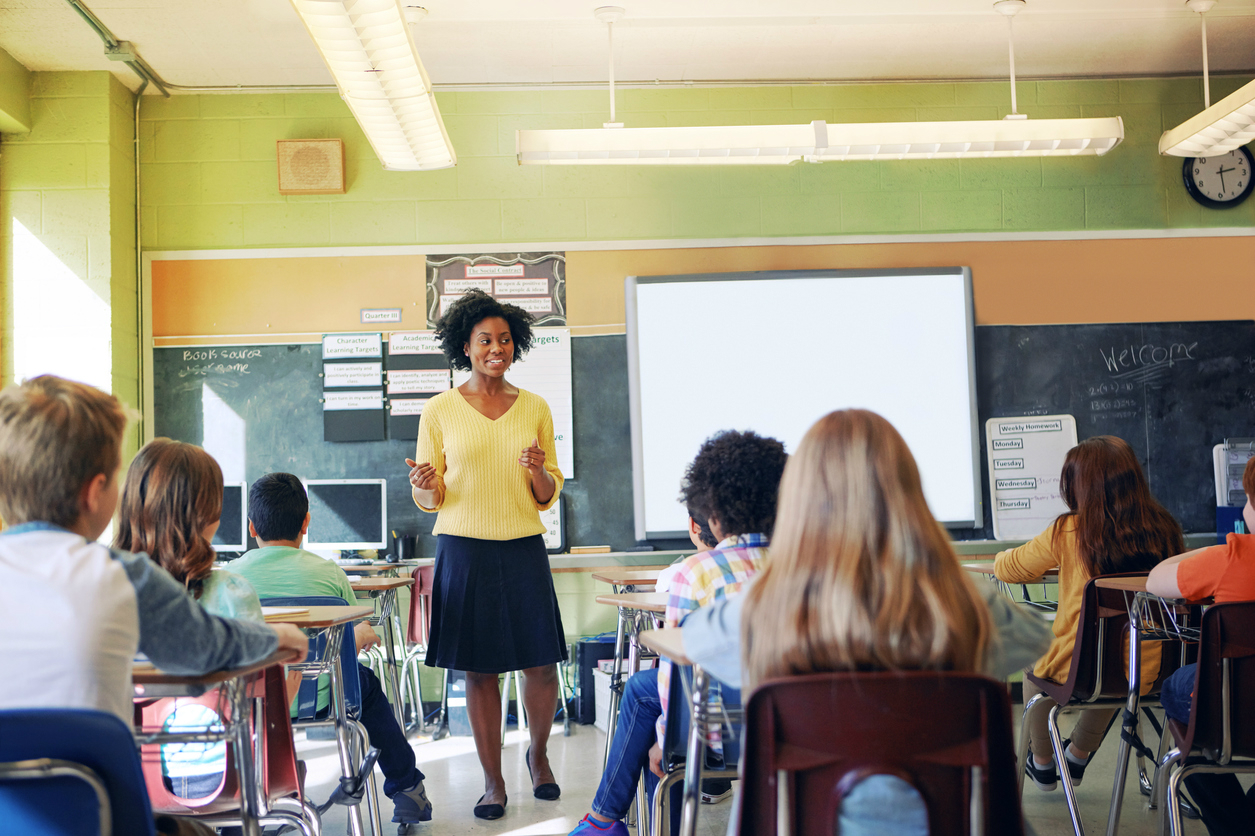On June 30, the California Department of Public Health issued new COVID-19 guidance for K-12 schools. The guidance, which became effective July 1 and will remain effective until withdrawn or revised by CDPH, includes both required and recommended actions by local educational agencies. Below are highlights of the requirements and recommendations:
Requirements
- Masking
- Develop and implement protocols to provide masks to students who forget to bring a mask but wish to wear one.
- LEAs may not prevent any student or staff member from wearing a mask as a condition of participation in an activity or entry into a school, unless wearing a mask would pose a safety hazard (e.g., sports like swimming and diving).
- Vaccines
- The guidance does not list any new vaccine requirements, but it refers to the existing State Public Health Officer Order requiring school employees either get vaccinated or test for COVID in its list of “related materials.” On this basis, LEAs should continue to follow that order.
- Managing individuals with symptoms
- LEAs must provide statutory supplemental COVID-19 paid sick leave through Sept. 30, 2022.
- Reporting to local health authorities
- Schools should continue to follow existing regulations for reporting COVID-19 cases to local health agencies. Specifically, Title 17, California Code of Regulations section 2508 requires that “it shall be the duty of anyone in charge of a public or private school, kindergarten, boarding school, or day nursery to report at once to the local health officer the presence or suspected presence of any of the communicable diseases.” COVID-19 is included in the list of “communicable diseases” that must be reported.
Recommendations
- Masking
- Follow CDPH masking guidance for the general public, unless otherwise directed by local health departments or the LEA decides to maintain greater masking requirements. (NOTE: while this is listed as a recommendation, LEAs must follow masking guidance set out by local authorities, to the extent it exists.)
- Vaccines
- Review statutory requirements for non-COVID-19 vaccinations for students as students may have fallen behind in other vaccinations during the pandemic.
- All eligible individuals receive vaccinations and remain up to date with vaccine boosters.
- Testing
- Use antigen testing as the primary option for COVID-10 testing.
- Testing of students and staff prior to return to school from major breaks (e.g., summer, winter, spring.)
- Managing students exposed to COVID
- Notify students who spent more than a cumulative total of 15 minutes in a 24-hour period in shared, indoor airspace (e.g., a classroom) with someone with COVID-19.
- Consider providing general notifications to the entire school community during times of elevated community transmission of COVID-19 in lieu of individual exposure notifications.
- Students should follow CDPH recommendations for the general public when exposed (see Table 2 at the link).
- Managing students with symptoms
- LEAs are encouraged to develop standard criteria for managing students who develop symptoms of infectious diseases.
- Students with new, unexplained symptoms should be excluded from campus until its clear symptoms are mild and improving or are due to noninfectious cause (e.g., allergies), including waiting 24 hours after resolution of fever to return to campus.
- Students with symptoms that might be caused by COVID-19 should wear a mask and test immediately.
- Avoid policies that incentivize coming to school sick (e.g., 100 percent attendance awards).
- Managing students diagnosed with COVID-19
- Students should follow CDPH recommendations for the general public when diagnosed with/testing positive for COVID-19 (see Table 1 at the link).
- Cleaning facilities
- Routine cleaning is sufficient to remove the virus that causes COVID-19, but LEAs should use asthma-safe products.
- Drinking fountains may be reopened and used by students and staff.
The guidance provides additional, helpful information. We have sought to highlight items that are important, including all requirements listed, but recommend that LEAs review the entire guidance for the recommendations made by CDPH.




